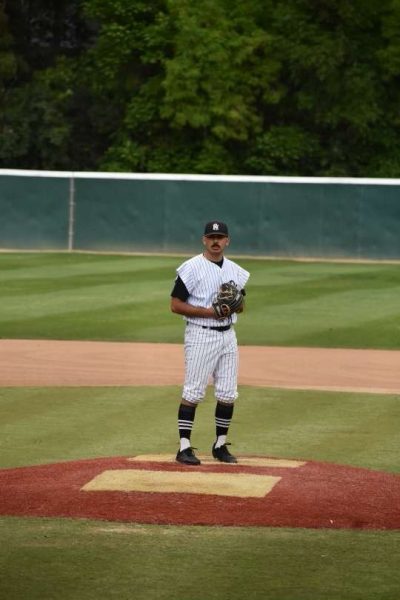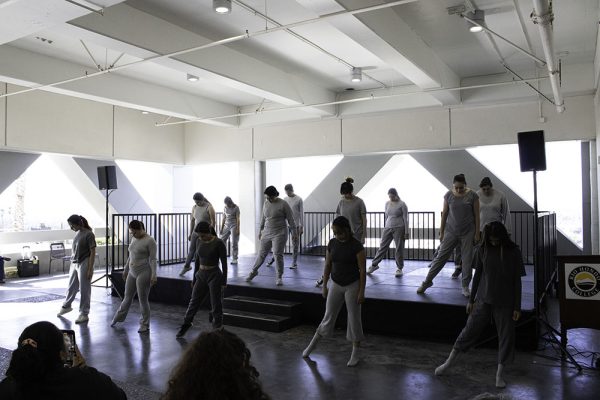First Man on the Moon: Inside Stories

Jake Alarid, Gerald Blackburn, Albert Escovedo Montez, Eugene Noller, William Oliver, John Perez, and David Whitesel are recognized for their contributions in the Apollo 11 mission. The veterans shared their responsibilities and experiences during the late 60s.
The Men Behind The Mission
It has been 50 years since one of humanity’s biggest, most dangerous accomplishments. The event that united the world for at least a moment, landing a man on the moon’s surface. Whenever we hear about the moon landing, we usually think of Neil Armstrong, Michael Collins or Edwin Aldrin. What many of us do not realize is just how many people took part in this great achievement.
On October 13, the Whittwood Branch Library, with the help of the Library Foundation and the Whittier Astronomical Foundation, hosted the “Moon Landing: Inside Stories of Apollo 11,” where seven local veterans of the aerospace industry got to share their experiences and contributions to the Apollo 11 mission. Jake Alarid, Gerald Blackburn, Albert Escovedo Montez, Eugene Noller, William Oliver, John Perez, and David Whitesel were recognized by Mayor Joe Vinatieri for their work on the moon landing. From research and developing the Apollo capsule, to inspections and making sure the astronauts were safe throughout their journey.
The group of panelists began by sharing their contributions to the project and what they thought made the Apollo 11 mission successful.
“We had hope, commitment and most importantly teamwork,” said Blackburn. “We had to learn how to work as a team and how to integrate a massive project, millions of parts, over 400,000 people participated in the Apollo 11 program.”
Blackburn also made sure to credit the women who participated, not only in the Apollo program, but in other space missions as well.
All seven gentlemen mentioned how many more people took part in the project. Not only staff members, but also the many family members and friends who supported them every step of the way.
Downey’s Contribution
As the night went on, the panel began to talk about what it was like to live and work in Whittier and Downey. Some of the men had the privilege to work for Rockwell International in Downey where the command and service module (CSM) for the Apollo program was designed and constructed. The module carried a crew of astronauts and the second Apollo spacecraft, the “lunar module,” to lunar orbit, and brought the astronauts back to Earth.
“There were about 30,000 people working in an area the size of Disneyland. It was like a city within a city,” said Oliver.
From funny incidents in the cleanroom to making experiments to capture Armstrong’s first footsteps on the moon’s surface, the veterans shared unique stories during their time in the program. For these gentlemen, working long hours in an overpopulated area was no trouble at all. It was a magical time, and they expressed how exciting it was to go to work every morning.

Dare To Dream
It has been 50 years since Armstrong and Collins set foot on the moon, but the stories from those who took part in the program continue to amaze us. While their hard work and commitment were important for the Apollo mission, it was their dare to dream that was the backbone of the moon landing. For Blackburn, the biggest advice he can pass on to others is to learn how to dream.
“The future belongs to the younger generation, they will take us back to the moon and even Mars if they want to go. Education is important, nothing will happen without it, but there’s something more important. The future lies in teaching our children how to dream.”








